Around three-quarters of internet shoppers frequently look for visual information prior to making a purchase. As with any purchase, you would want to examine what you are getting before making a commitment. This is why it is critical for e-commerce companies to use their product pictures to generate pleasant experiences for prospective consumers.
Multiple quality pictures of the goods on your e-commerce website can help to alleviate consumer confusion. While this will increase conversions on your website, what about those who aren’t? Can e-commerce pros influence conversions using pictures that are not hosted on their website?
Yes, and publishers have a tremendous chance to develop a new or better route through Google Image search. With Google images accounting for about 26% of all online searches, e-commerce companies may capitalize on this market with appropriate picture optimization.
The following are some methods for optimizing your product pictures so that they are indexed by Google.
Revert To the Fundamentals
When considering Google images optimization, alt text and file names immediately spring to mind. Using descriptive file names for your pictures is critical for ensuring that your product images are discovered through Google Image Search. While it may seem strange for Google to search for file names, it does occur. While it is possible to save a picture with any name, make careful to modify it to a descriptive name for the product before uploading it to your website. Thus, when users do a search for the product, your picture will show in the results, since the file name on the website corresponds to the product.

If you own an e-commerce website, you should ensure that all of your product pictures have alternative text (alt text). It is critical that your alt text is optimized and accurately represents the picture, since Google relies on alt text to comprehend images that do not load. Additionally, the search engine utilizes alt text to indicate what is included inside a picture, since their bots cannot denote what is contained within an image without it.
Google Search & Google images: Display Your Product’s Information
Any marketer working with a store or ecommerce websites should have correct product information. Google Search and Google images should index the information. By working with a reputable Ecommerce website development firm, you can guarantee that this functionality is available on your site.
Google product feeds have recently undergone some modifications. These updates allow you to instantly update your product information and compare it to relevant inquiries from high-intent searchers or purchasers. The new Google product feed extension is beneficial for retail businesses. It is also critical for marketers who want to accurately show product information such as pictures in real-time.
Marketers can now submit their product feeds and pictures to Google’s Merchant Center with ease. They then become eligible for quick placement in web and picture search results.
The product information, such as pictures, is sorted according to its relevance to the user’s search queries. The greatest part is that it is completely free to use. This capability is currently accessible to brands in the United States, with plans to expand to other countries in the near future.

Utilize Customers to Generate Authentic Images
Connecting with your audience is critical to building a brand and boosting sales, and user-generated content is ideal for doing so. Not only can user-generated content help you develop your brand, but it may also encourage new consumers to purchase your goods if they witness others utilizing them and giving positive reviews. Encourage your audience to share pictures of themselves using your goods on social media sites such as Facebook, Twitter, and Instagram. You may then include these pictures into other areas of your e-commerce website to assist increase conversions.

Reduce the size of images
Compressing pictures is another no-brainer when it comes to ecommerce product images optimization. Why would you want to load a big picture on your web server if only a smaller version would be shown on the actual web page? Compressing pictures using programs such as TinyPNG removes unnecessary coding, resulting in a quicker loading image. This thus aids in the website’s loading speed. With the significance of website load speed increasing, this is a critical step.

Conclusion
If you want to increase your sales and build a brand, not only do you need good product photography, you need to focus on Google images optimization as well. We hope this article can help you with that.
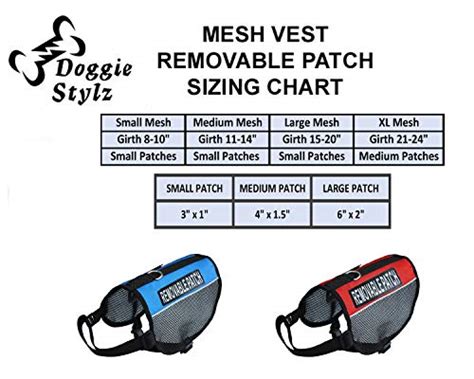 Doggie Stylz Set Of 2 Reflective Therapy Dog In Training Removable Patches Wit
Doggie Stylz Set Of 2 Reflective Therapy Dog In Training Removable Patches Wit
 6 Pcs Service Dog In Trainingworkingstress Amp Anxiety Response Embroidere
6 Pcs Service Dog In Trainingworkingstress Amp Anxiety Response Embroidere
 Service Dog In Training Patch With Hook Back And Reflective Lettering For Servic
Service Dog In Training Patch With Hook Back And Reflective Lettering For Servic
 Four Paws Wee Wee Pee Pads For Dogs And Puppies Training L Gigantic Xl St
Four Paws Wee Wee Pee Pads For Dogs And Puppies Training L Gigantic Xl St
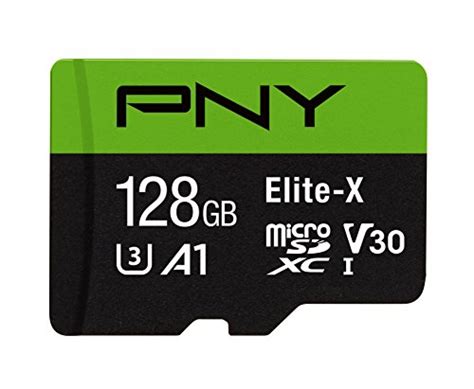 Pny 128gb Elite X Class 10 U3 V30 Microsdxc Flash Memory Card 100mbs
Pny 128gb Elite X Class 10 U3 V30 Microsdxc Flash Memory Card 100mbs
 Academy Of Beasts V Shifter Romance
Academy Of Beasts V Shifter Romance
 Beast Academy 5a Practice
Beast Academy 5a Practice
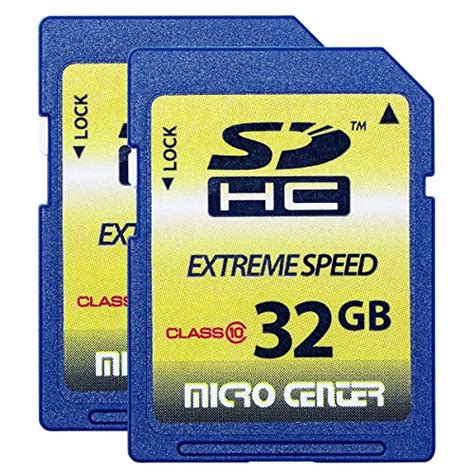 32gb Class 10 Sdhc Flash Memory Card Standard Full Size Sd Card Ush I U
32gb Class 10 Sdhc Flash Memory Card Standard Full Size Sd Card Ush I U
 Go Power F 200 Class T 200 Amp Slow Blow Fuse Silver
Go Power F 200 Class T 200 Amp Slow Blow Fuse Silver
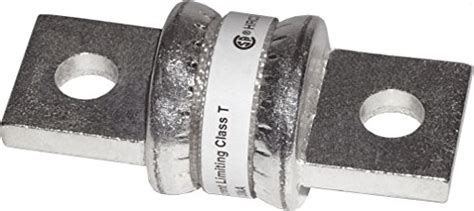 Blue Sea Systems 5116 Fuse A3tclass T 200a
Blue Sea Systems 5116 Fuse A3tclass T 200a
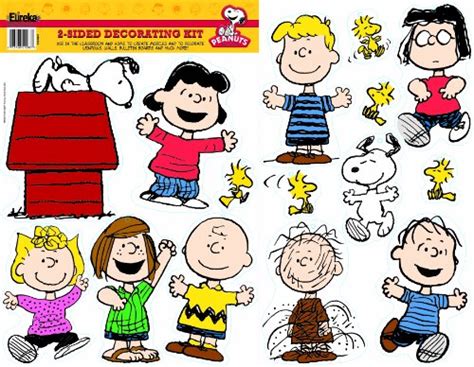 Eureka Peanuts Classic Characters Deco Kit 840227
Eureka Peanuts Classic Characters Deco Kit 840227
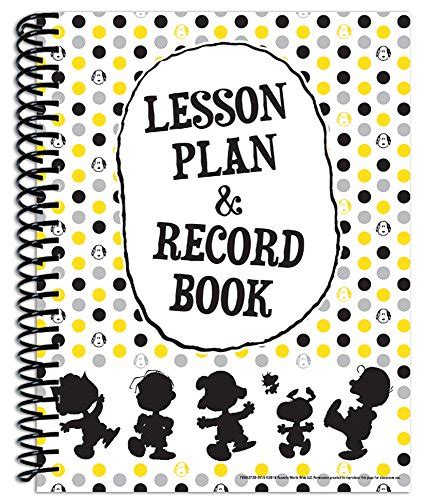 Eureka Peanuts Geometric Back To School Classroom Supplies Record And Less
Eureka Peanuts Geometric Back To School Classroom Supplies Record And Less














![Flutter & Dart - The Complete Guide [2022 Edition]](https://img-c.udemycdn.com/course/100x100/1708340_7108_5.jpg)










